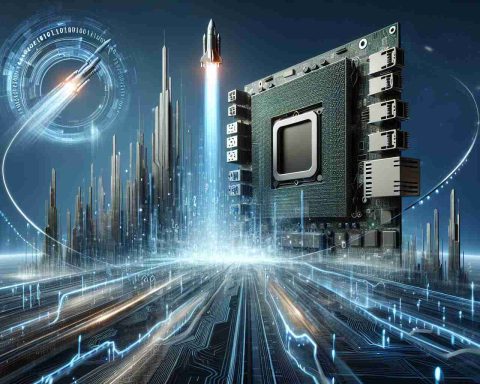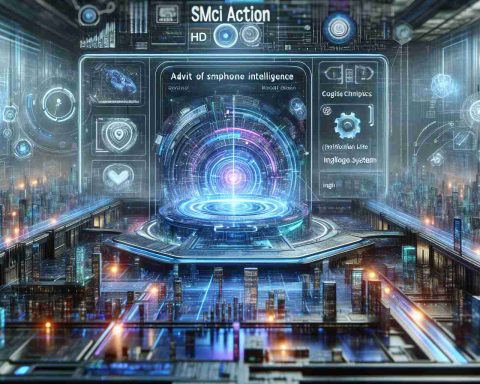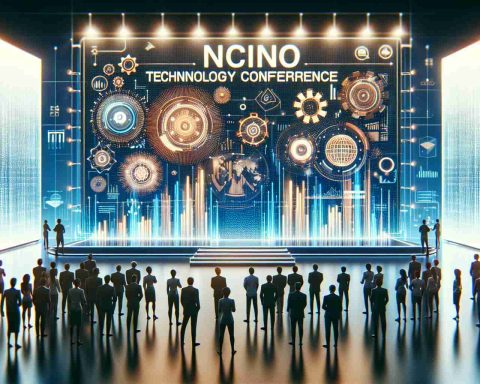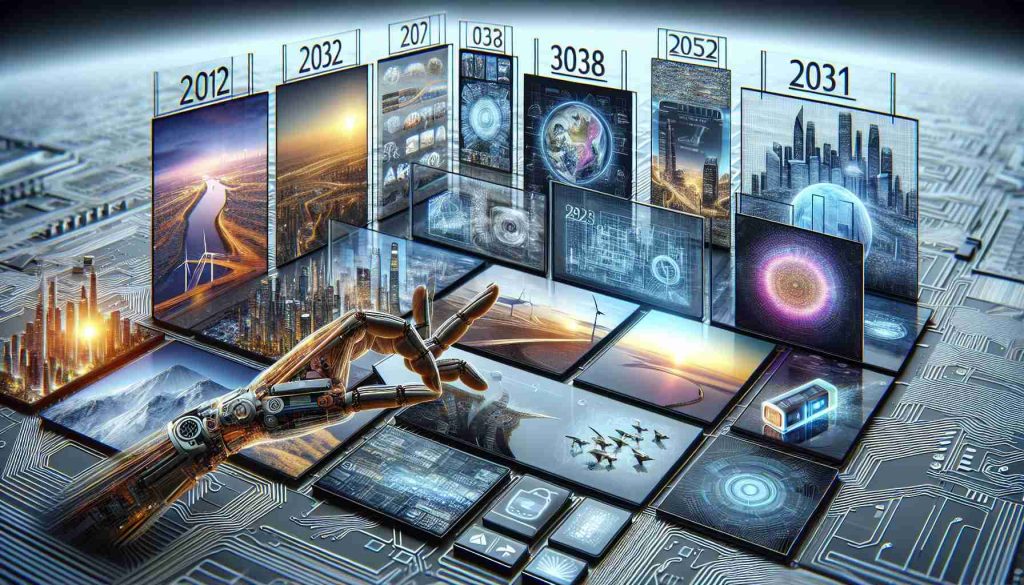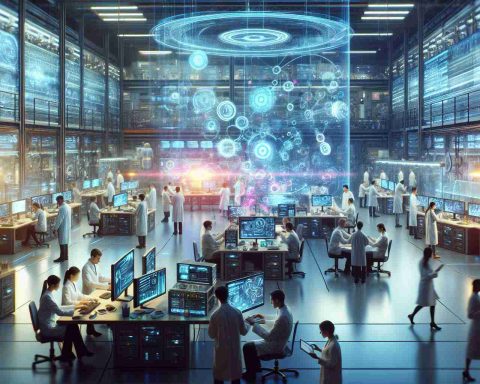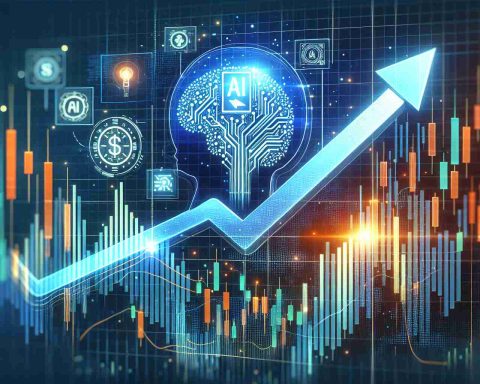In a remarkable turn of events, NVIDIA’s stock on the Nasdaq has experienced unprecedented growth, leaving investors and tech enthusiasts alike buzzing with anticipation. Over the past few months, the graphics processing giant has seen its market value skyrocket, primarily driven by its strategic ventures into artificial intelligence (AI) and data center technologies.
The surge in NVIDIA’s stock value is not just a flash in the pan. It’s a reflection of the company’s relentless pursuit of innovation and its pivotal role in the AI revolution. With AI increasingly becoming a cornerstone in industries ranging from healthcare to automotive, NVIDIA’s GPUs are at the heart of powering complex machine learning models and data analytics tasks.
Furthermore, NVIDIA’s expansion into the data center market has proven to be a game-changer. The demand for robust cloud computing solutions and AI-driven data processing has soared, with NVIDIA’s data center revenue reaching new heights. This growth is further supported by strategic partnerships and acquisitions, such as its acquisition of Mellanox Technologies, which have expanded NVIDIA’s capabilities and market reach.
Investors are particularly optimistic about NVIDIA’s future endeavors in the metaverse and the potential rise of autonomous systems, both heavily reliant on cutting-edge computing power. Hence, while the stock’s trajectory shows short-term spikes, the long-term growth potential appears promising as NVIDIA continues to carve out its role as a leader in tomorrow’s digital landscape.
The Hidden Impact of NVIDIA’s Meteoric Rise: Beyond the Stock Market
NVIDIA’s phenomenal success on the Nasdaq has rippled far beyond Wall Street, subtly shaping our daily lives and the global landscape in unexpected ways. While many marvel at the financial gains, it’s crucial to understand the broader implications of this tech titan’s rise.
How does NVIDIA’s growth affect everyday life? As the backbone for AI technologies, NVIDIA’s advances are transforming sectors like healthcare, where AI-driven diagnostic tools and personalized medicine are becoming more commonplace. In education, AI aids in developing personalized learning experiences, making education more accessible and inclusive.
What about the communities? With NVIDIA’s data center technologies enhancing cloud infrastructure, towns hosting these centers experience economic growth and job creation. However, this expansion is not without controversy. The energy consumption of data centers raises environmental concerns, prompting debates about sustainability and the carbon footprint.
Advantages and Disadvantages: On the plus side, NVIDIA’s innovations promise to revolutionize industries, improve efficiency, and foster technological advancement. However, the downside involves the ethical considerations of AI deployment, privacy issues, and the need for a skilled workforce to manage such sophisticated systems.
Is there a downside to NVIDIA’s success? Some critics argue that the rapid pace of technological adoption leaves regulatory frameworks trailing, potentially opening avenues for misuse or exploitation of AI technologies. Additionally, as areas bid to host data centers, not all communities reap equal benefits, leading to disparities in technological progress and economic development.
For further reading on the potential and challenges of artificial intelligence, visit IBM and explore more about data center growth at Microsoft.








